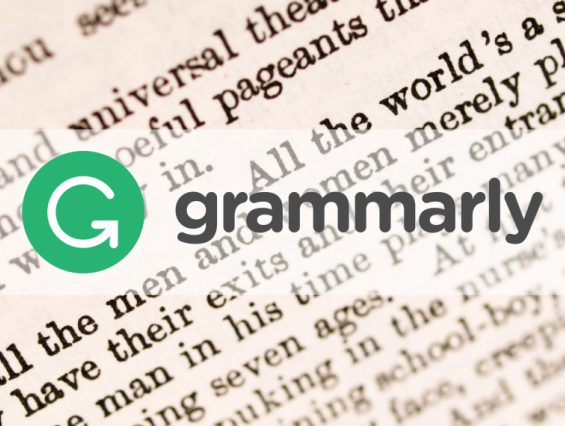Grammarly, an online grammar-checking service, has raised US$90 million in its latest funding round, valuing the company at more than US$1 billion, TechCrunch reports, as the “unicorn” attracts more users by expanding its tools and bringing them to more platforms.
The latest financing was led by General Catalyst, with participation from previous investor IVP and new unnamed backers. It brings the total funds raised by the 10-year-old startup to US$200 million, according to Crunchbase data.
Powered by artificial intelligence, Grammarly works as a digital writing assistant that spell-checks and corrects written language, while suggesting improvements in terms of clarity, engagement, and delivery of the content. It is similar to the “grammar suggestions” feature in Google’s word processing app Docs or Microsoft Word’s Editor Pane.
Available only in English and only for written communications, Grammarly uses AI technologies such as machine learning and natural language processing to constantly synthesize new words and phrases and styles to improve the help it provides to users.
Its tools are used by 20 million people worldwide to correct grammar and suggest better ways to write, according to the firm.
Grammarly chief executive Brad Hoover said that with the latest investment, the firm will expand its focus on “helping businesses of all sizes” as it is planning new product features that will facilitate professional writing across entire teams in enterprises, to “help avoid costly communication breakdowns and achieve positive outcomes”.
Grammarly’s toolkits are available in platforms including web and desktop editor, mobile keyboards, Microsoft Office add-in, and browser extensions.
Hoover said that the firm will continue to expand its availability to multiple platforms.
The fresh capital will also enable Grammarly to expand the size of its workforce globally, which now numbers 240 employees.
Grammarly has been profitable almost since it was founded in 2009 by Alex Shevchenko and Max Lytvyn.
It now offers a “freemium” model, where users who pay subscription fees are offered more tools beyond grammar checks and conciseness, including alternative vocabulary, tone and style recommendations, and plagiarism checks.






